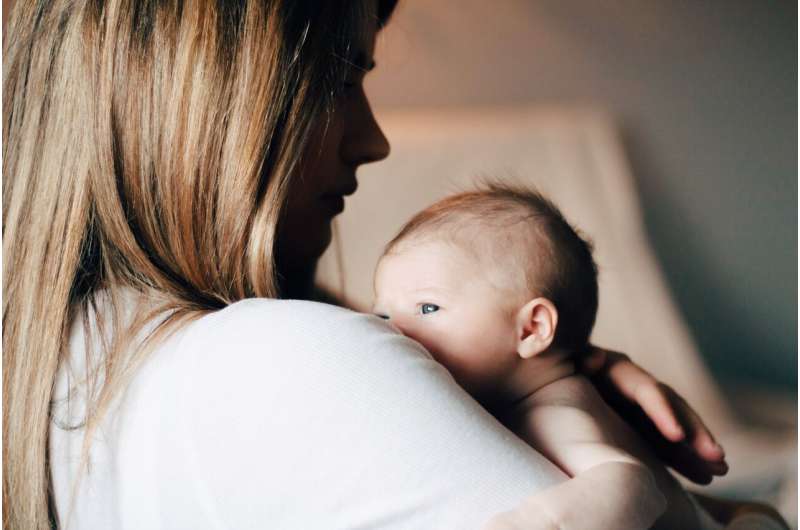Assessing Cannabis Potency: Are Labels Accurate?

A recent study from Colorado reveals that nearly half of cannabis flower products are mislabeled regarding THC content, emphasizing the need for improved testing and transparency for safer consumption.
Recent research highlights significant disparities in how cannabis products are labeled regarding their THC content, especially in flower products. A comprehensive study conducted in Colorado, the first state to legalize recreational marijuana, revealed that nearly half of the cannabis flowers tested contained more THC than the labels indicated, raising concerns about both medical dosing and recreational safety. In contrast, cannabis concentrates like oils and waxes showed a high accuracy rate, with about 96% matching their labeled THC levels.
The study involved 277 products collected from 52 dispensaries across 19 counties, including loose flowers, pre-rolled joints, and various concentrates such as shatter, hash, and wax. Laboratory testing showed that flower products had an average THC content of approximately 21%, while concentrates averaged around 71%, with some as high as 84%. Back in the 1980s, typical THC levels in marijuana were around 8%, indicating a significant increase over the decades.
When evaluating label accuracy based on the standard of within 15% of the stated THC amount, about 44% of flower products were inaccurately labeled. Some products overstated THC content, while others contained less than indicated, leading to potential risks. For consumers using cannabis for medical purposes, mislabeling can impact proper dosing, and recreational users might inadvertently consume higher doses than expected, increasing potential health risks.
The study also examined other cannabinoids such as CBD, CBG, and CBGA, proposing that labeling should not only focus on THC but also include information on these other compounds. These lesser-known cannabinoids have properties that may be beneficial, such as anti-inflammatory or anti-anxiety effects, which are currently underreported.
The researchers emphasize the need for improving testing protocols and transparency in labeling to create trust and safety within the industry. As legislation expands to include more states and products like edibles, ensuring accurate labels will be critical for consumer safety and informed choices.
This study underscores the importance of rigorous testing and honest labeling in the evolving cannabis industry, aiming to help regulators, businesses, and consumers make better-informed decisions.
Source: https://medicalxpress.com/news/2025-07-strong-weed-misrepresent-potency.html
Stay Updated with Mia's Feed
Get the latest health & wellness insights delivered straight to your inbox.
Related Articles
New Insights into How HIV Integrates into Human DNA via R-Loop Mechanism
Scientists reveal that HIV exploits cellular RNA:DNA hybrids, or R-loops, for targeted integration into the human genome, opening new therapeutic possibilities to combat persistent viral reservoirs.
Addressing Knowledge Gaps in Perinatal Palliative Care Amidst Changing Abortion Laws
A new review reveals significant gaps in the evidence supporting perinatal palliative care in the U.S., emphasizing the need for more research amidst increasing legal restrictions on abortion.
Insufficient Evidence for Neurosteroid Drugs in Managing Postnatal Depression
Current studies do not conclusively support the use of new neurosteroid drugs like Zuranolone, Brexanolone, and Ganaxolone for postnatal depression. Further research is needed before they can be recommended in clinical practice.
Genetic Circuit Insights Reveal How Cells Migrate in Aggressive Brain Cancer
New research uncovers how the YAP-TRIO genetic circuit drives cell migration in glioblastoma, offering potential targets for therapy and better prognosis tools.



